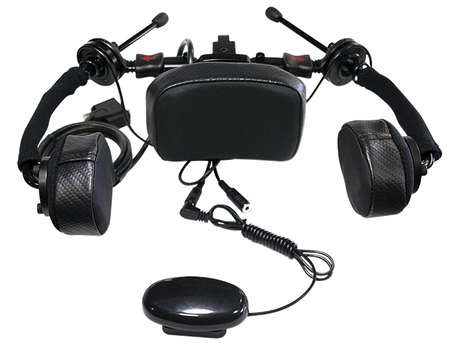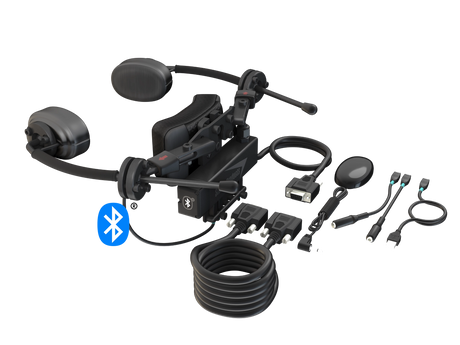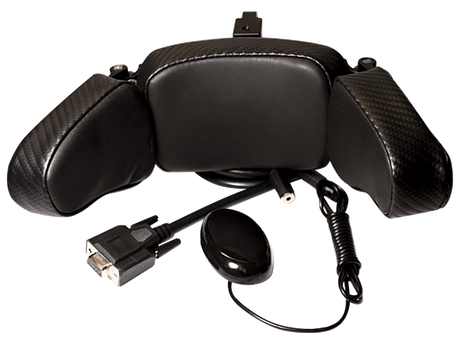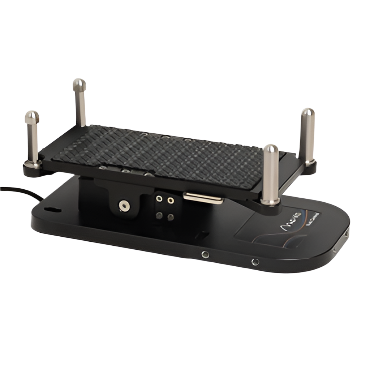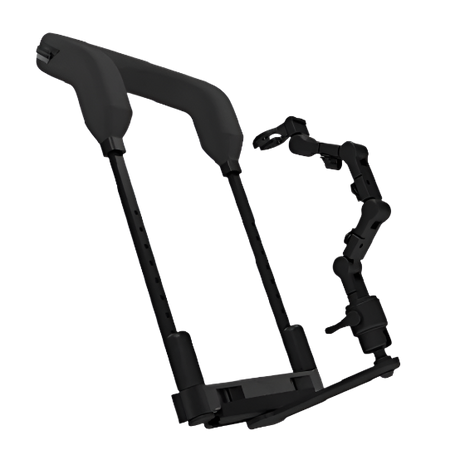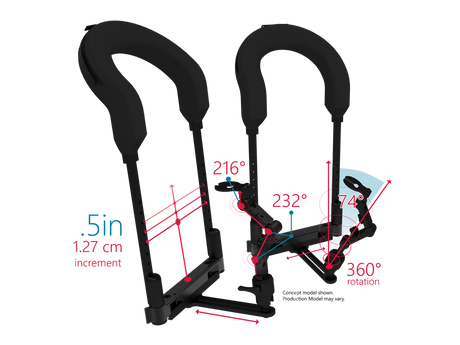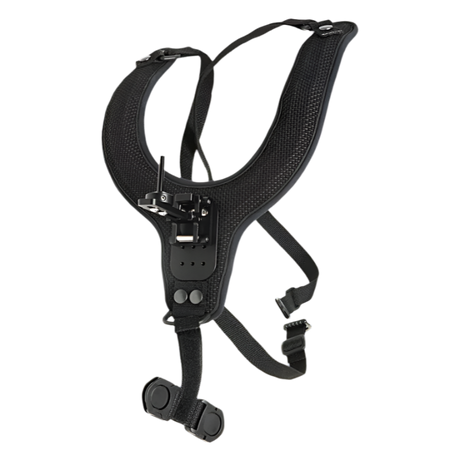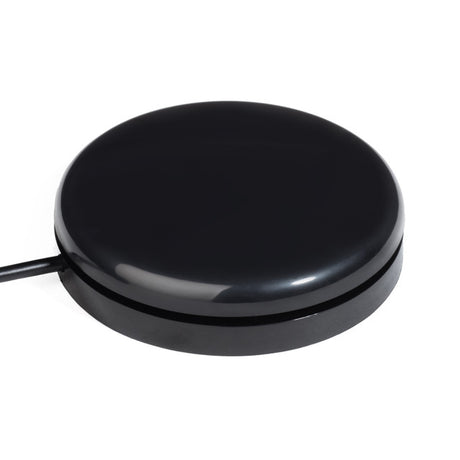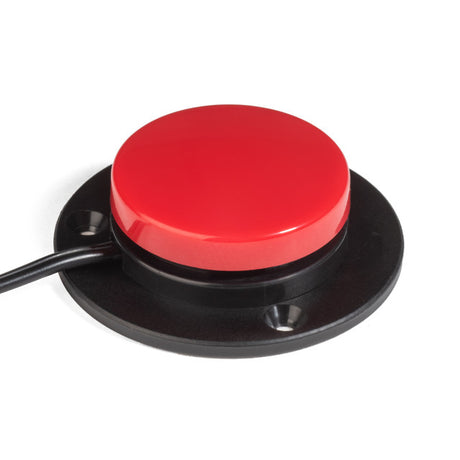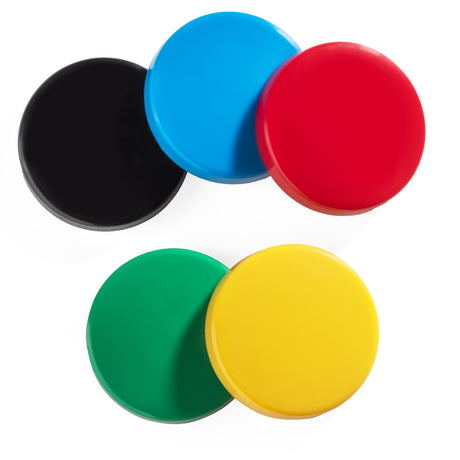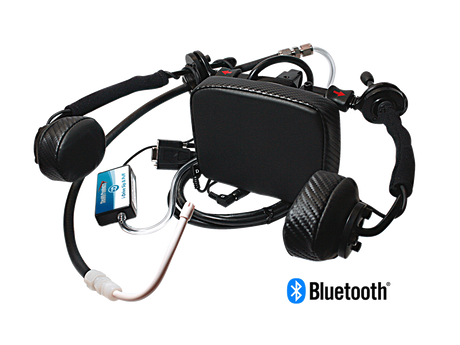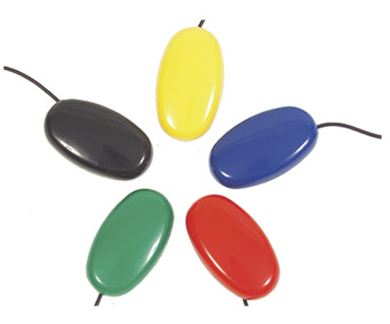ASL Egg Switch
The ASL Egg Switch is a mechanical, light-pressure switch for single-click functions. Sealed for durability, it’s ideal for AAC, drive control, and access systems.
Easy Returns Policy
Easy Returns Policy
Worried an item might not be right? Return your purchase in as new condition within 14 days and we will happily exchange the item or provide a refund for the cost of the item including the original shipping fee. Click here to view all returns information.
Online Delivery Rates
Online Delivery Rates
NZ Retail Purchases
$9 NZD flat fee
Free for orders over $500 NZD
AU Retail Purchases
$30 NZD flat fee
Wholesale Purchases
Shipping will be calculated after your purchase and added to your invoice.
Online Delivery Times
Online Delivery Times
Deliveries placed during the week before 2pm*
New Zealand
Auckland: Usually the next day!
Rest of North Island: 2 days
South Island: Approx 3 - 4 days
Rural deliveries can take 1-2 days in addition to the above
Australia
Approx 10 - 15 days
*Approximate timeframes given. Please note that for out-of-stock items and orders placed after 2pm or over the weekend, the shipping timeframes above will apply from the day of dispatch from our warehouse.
Click here to view all delivery and shipping information.
Give Us Feedback
Give Us Feedback
We'd love to hear what you have to say. If you would like to send us some feedback about our website, available products, our team or anything else, please complete our Feedback Form.
If you have a spare minute, we'd also love you to leave us a Google Review.
Funding Information
Funding Information
Click below for information on funding for New Zealanders.
Am I Eligible for Funding?
Self Funding
Description
Description
Precise, Light-Touch Switching for Communication and Access
The ASL Egg Switch is a compact, mechanical switch designed for users who need reliable, single-click activation. Its egg-shaped form fits comfortably under a finger, hand, or cheek, making it ideal for individuals with limited strength or range of motion.
This switch features a sealed design that prevents dust, moisture, or other contaminants from entering the mechanism — ensuring consistent performance over time. It connects via a standard 3.5 mm mono plug and can be used with a variety of devices including AAC systems, powerchair drive controls, iPad interfaces, and adapted toys.
The base includes screw insets for secure mounting, including compatibility with hardware like the Stealth Egg Switch Mount (SPESM). Whether used independently or in multi-switch setups, the ASL Egg Switch is a reliable tool for adaptive access and communication.
Key Features
- Mechanical switch for single-click input
- Light activation force for ease of use
- Auditory and tactile feedback
- Sealed switch housing protects against foreign substances
- Compatible with AAC devices, drive controls, switch-access tech
- Standard 3.5 mm mono plug
- Screw-in base for secure mounting (e.g. Stealth SPESM)
- Compact and durable design
Specifications
Specifications
| Warranty | 2 Years |






